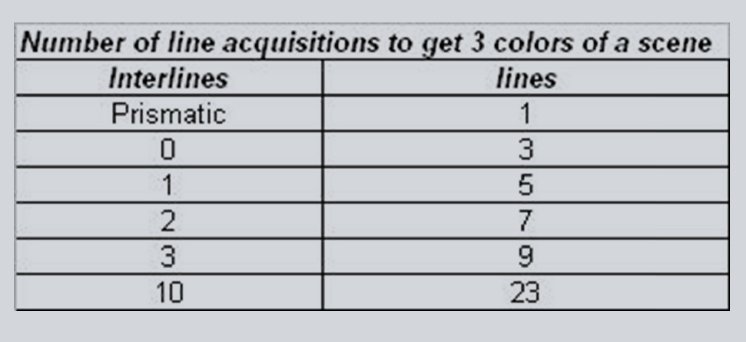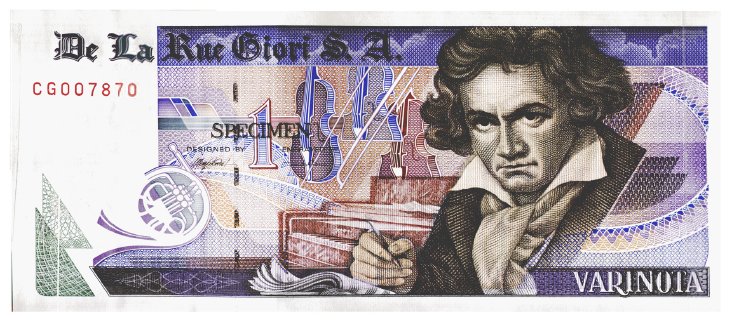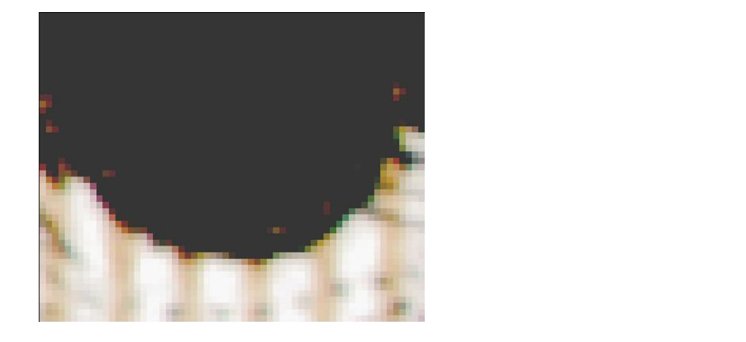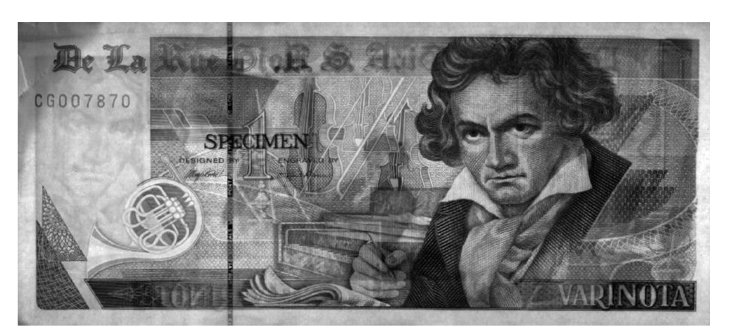System integrators are less concerned about when to use color for industrial line-scan cameras than what type of camera they should use. The answer depends on the camera’s purpose.
Advanced technology is improving line-scan cameras. Traditionally, line-scan cameras have been popular for web inspection, conveyors, and any system that monitors continuous motion. Industrial integrators and equipment makers are devout users of such line-scan cameras and as a result do use their colored counterparts. Both single-sensor and 3-chip cameras are available choices.
It is important to note that single-sensor cameras can feature either a single-line RGB, two adjacent lines (dual-line), or three lines. The term “multi-linear” refers to chips of typically two lines or more. Multi-linear cameras are bridging the performance gap between single and 3-chip units through improved sensor technology. Not only are these multi-linear cameras space-efficient, they are available at reasonable cost.
Trilinear cameras were once plagued by various drawbacks, including: slow line-rate, limited discriminating power and inability to observe items with irregular motion due to wide interline distance on the chip. These problems are rarely an issue today because a new generation of multi-linear cameras boast line rates of up to 18,000 lines/s for 4,000 pixels and an interline distance of only one or two “blind” lines. Thanks to their small interline numbers they overcome most previous drawbacks.
This new functionality is best expressed by a real-world example. For instance, when scanning a banknote, the image is sliced in different fields of view. The multi-linear camera gets the image in a spectrum of three different colors--red, green and blue – for three different lines. A 3-chip camera, on the other hand, captures the same, one line at a time. In a multi-linear system, the imaged line is acquired in the three red, green and blue colors successively (thus at three different times). The distance between the first and last acquisition of a line of the scene depends on the sensor interline. Today, state-of-the art multi-line sensors offer as few as 1 or 2 interlines.
Figure 1
Imagine a banknote of 8 cm wide captured with 4,000 pixels. Resolution is on the order of 20 microns, suitable for analyzing the thinnest printings. The time for scanning the 14 cm long banknote is 0.39 seconds. The speed of the banknote is 0.36 meters-per-second, and the time between two acquired lines is 55 micro-seconds. If a variation in the banknote’s position occurs in front of the camera, then the acquired line is different at the third color acquisition from what it was for the first. For edge or feature detection, this results in a color artifact or a blurry image.
Figure 2
The position disturbance that would create a color artifact is inversely proportional to the distance between the first and last line. A 10% color artifact would be created on one line if a position had changed:
• 0 interline: 3.3% (10% X 1 / 3)
• 1 interline: 2.0% (10% X 1 / 5)
• 2 interlines: 1.4% (10% X 1 / 7)
• and so on…
Figure 3
Many cameras feature an interline in the magnitude of 10 and thus allow an error rate of below 0.5%. It is recommended that users coordinate line-scan cameras to be synchronized with the conveyor so that they produce non-distorted images. While this limits the artifacts linked to speed variation, it does not solve the ones generated by depositioning (vibration or rotation of the object), a permanent issue when observing rolling objects on a conveyor (such as beans, potatoes, pills, fuses etc.).
Previously, the only way to address that problem was to opt for prismatic cameras, which are more tolerant of disturbance than multi-line cameras. The latest multi-linear sensors / cameras are changing this situation with interlines of 1 or 2, so that they can deal with five times more disturbance than they could handle before.
On top of that, the multi-line approach now broadens the spectrum monitored by cameras. Indeed, it is very tough to assemble more than 3 chips (and needed circuitry) with a prism. That is the reason why off-the-shelf products are 3-chip cameras. While prismatic cameras can capture only three color channels, multi-line cameras can capture more by adding new lines, such as near infrared or broadband black and white.
Figure 4
To obtain more color channels, the popular practice is to reduce sharpness for blue and red. By combining the Bayer approach with a multi-sensor or multi-line approach, sensor manufacturers enjoy more channels out of a limited number of sensitive lines. State-of-the-art, multi-line cameras offer multi-spectral information without compromising on sharpness. They can provide 4 lines instead of 3—giving a wild card for system integrators, whether they want to have a luminance reference or near-infrared information.
All this being said, what selection process should you go though to choose among linear camera technologies? First, ask about the basic vision integration needs:
• Which part of the spectrum has to be imaged and registered?
• Which resolutions are required?
• Which optics and mount are the most appropriate?
• Which line speed is best?
• Which signal-to-noise ratio meets application needs?
• What system features are most important (i.e., anti-blooming, output protocol, frame grabber)?
Then, think about the issue of disturbances that can alter image sharpness:
• Vibration of the object
• Rotation of the object
• Speed control of the object
• Lighting control of the object
As image sharpness is critical, the addition of all those sources of disturbance should be less than a few percent per line grab and multi-line cameras new to the market should do the job well. For the extreme cases, investment in multi-sensor cameras will be needed to improve overall image quality. Take some time in evaluating the different available technologies; this will ensure that you’re selecting the right camera to suite your specific needs — ultimately giving you the “extra-edge” for your money.
Current multi-line cameras are up to the challenge of servicing color-inspection systems. New sensors are on the market with very interesting features, including high speeds and a small number of interlines. As we enter a new paradigm of multi-spectral analysis, these new sensors should play a major role in bringing cost-effective solutions to system integrators and equipment makers.
Pierre Cambou, imaging product engineer at e2v
Link e2v line scan cameras:
http://www.rauscher.de/...
VISION 2010
Halle 4 . Stand 4c15
RAUSCHER
Johann-G.Gutenberg-Str. 20
D-82140 Olching
Phone +49 81 42 / 4 48 41-0
Fax +49 81 42 / 4 48 41-90
E-Mail: info@rauscher.de
www.rauscher.de





